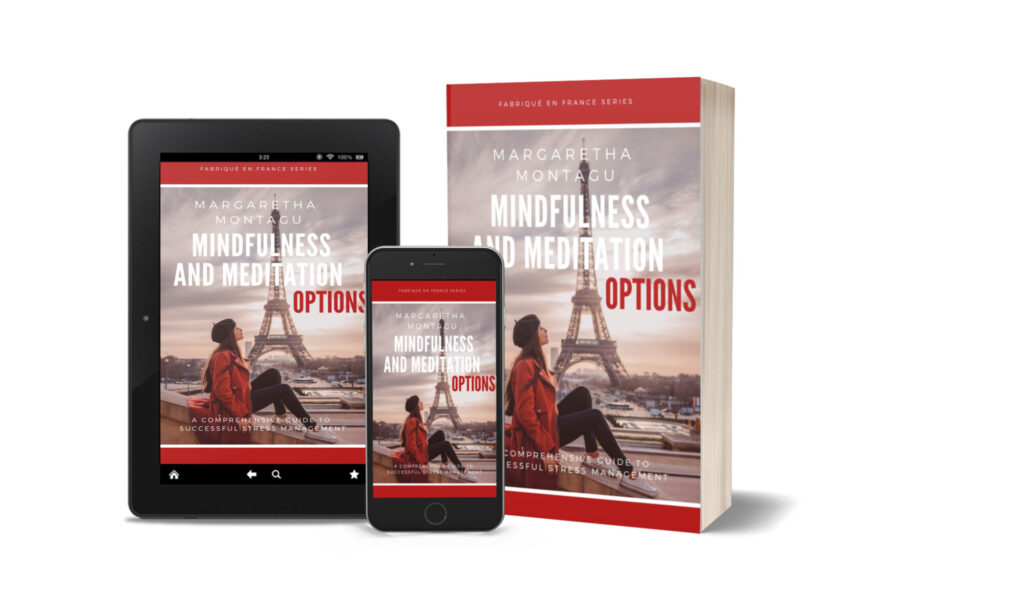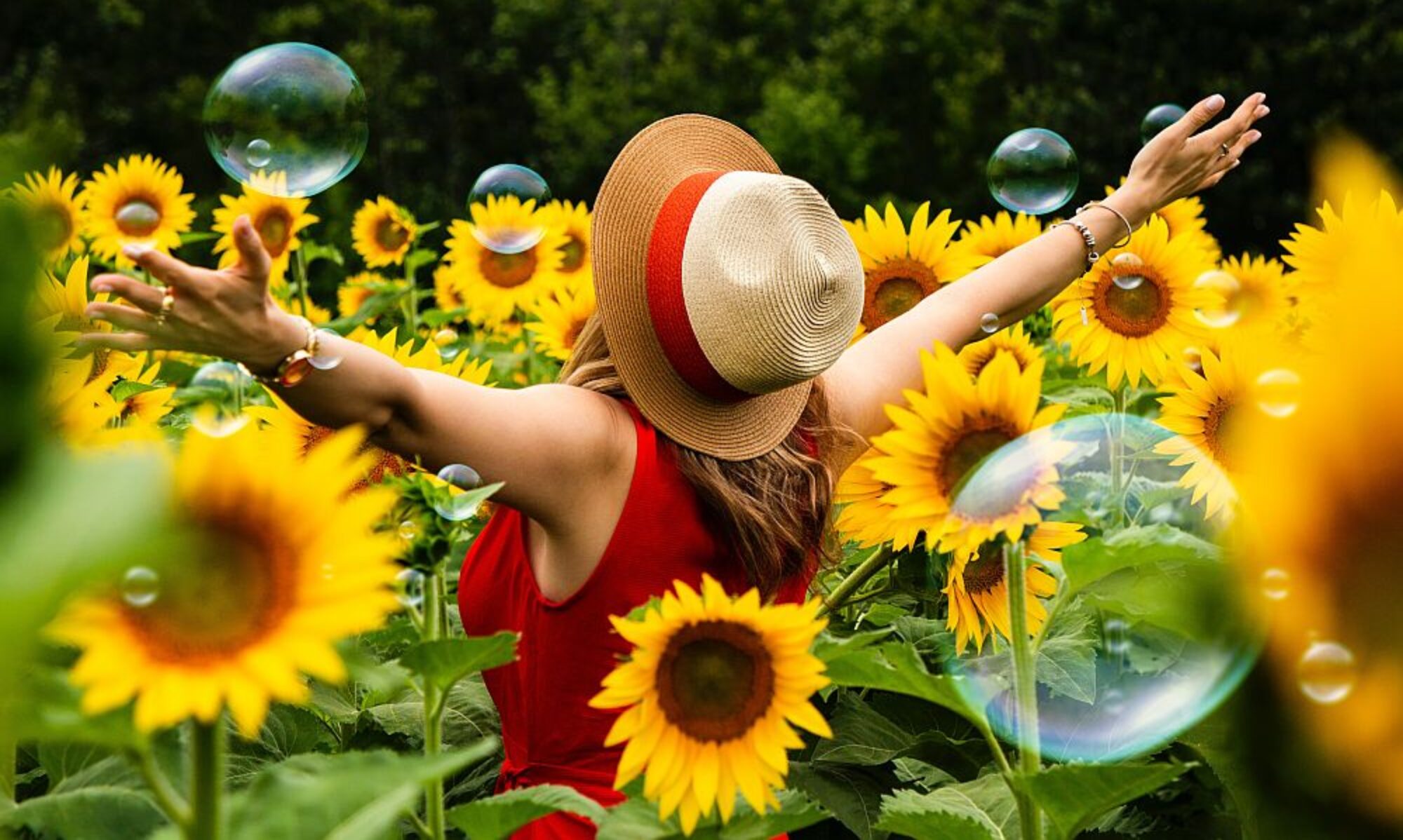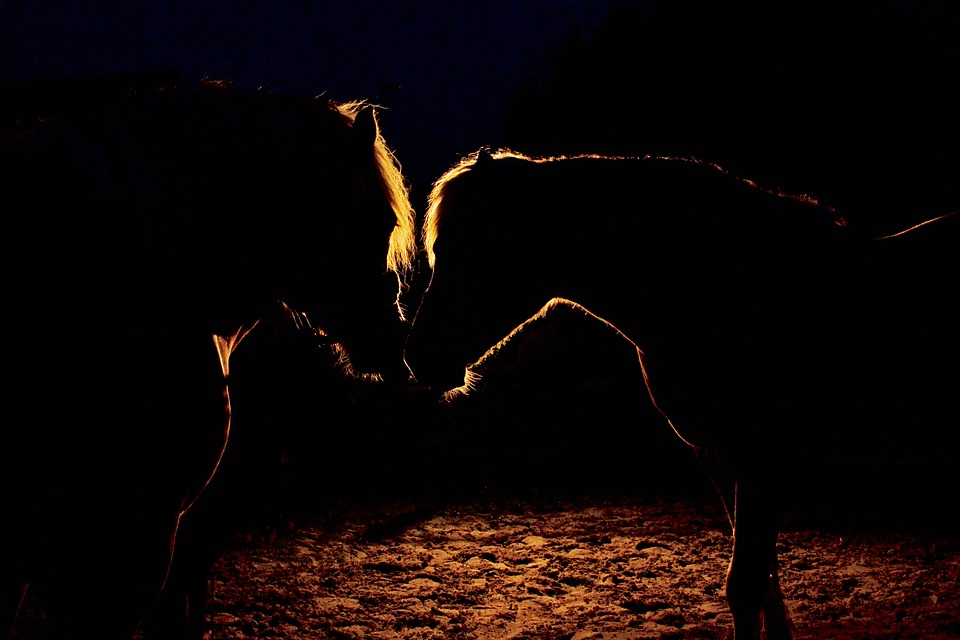During my Mind the Horses retreats, as an introduction to mindfulness, I show participants how to breathe more mindfully, with the assistance of one or more of my horses. Mindful breathing allows us to cultivate present-moment awareness. Guided by the intuitive presence of horses, we embark on a journey towards inner calm, using our breath as an anchor. Through this mindful breathing practice, patiently guided by the horses, we discover a profound sense of inner peace, while at the same time forging a deep bond with ourselves, the horses, and the natural world around us.
Horses have a unique ability to help us breathe more mindfully and connect with the present moment. When we spend time with horses, particularly in close proximity, we may notice that our breathing starts to synchronise with theirs. Horses have a natural, rhythmic breathing pattern that tends to be deep and slow. As we observe and connect with their breathing, our own breathing tends to naturally slow down, which makes us feel calm and connected.
A lot has been discovered about how horses use breathing to connect and communicate with each other. Horses tend to breathe slower and deeper when they need to either calm themselves or another herd member. The question arose: “Could we, as humans, connect and communicate with our horses by regulating our breathing?”
In my opinion, the answer is a resounding “Yes!” Not only can we calm a distressed horse by breathing slowly and deeply, but we can also be calmed ourselves by paying attention to a horse’s breathing pattern and speed when the horse is at ease and at rest.
Horses are highly attuned to the emotional and physiological states of those around them. They have the ability to sense our energy, tension, and stress levels. When we approach a horse with anxiety or unease, they may sometimes respond by mirroring those feelings. However, as we consciously focus on calming our own breathing, the horse can sense the change in our energy and respond by relaxing. This biofeedback loop can create a calming effect and help us regulate our breath.
Horses also have a grounding presence that can have a soothing effect on our nervous system. Their gentle nature and quiet strength can evoke feelings of safety, stability, and trust. Being in their presence and engaging in activities such as grooming or simply standing beside them can help us feel more grounded, reducing anxiety and promoting slower, deeper breathing.
Before we can benefit from the horses’ calming presence, we must first become aware of our own breathing, an automatic process most of us pay very little attention to on a day-to-day basis. Take a minute or two now and observe how quickly or slowly you are breathing. Is your breathing shallow or deep? Is there a pause between your in-breath and your out-breath? Do you breathe through your mouth or through your nose? Become aware of your breathing in a non-judgemental way – there is no right or wrong way to do this exercise, it is merely about observing what is happening naturally.
This is probably one of the best mindfulness exercises I know, while doing it you are 100% present in the current moment.
This is how my retreat guests start each mindfully breathing exercise with our horses. I first ask them to become aware of their own breathing, without trying to influence it in any way. They may be breathing slightly faster than normal – if they have never been in the presence of a herd, it is perfectly normal to feel apprehensive.
When we are anxious, we change the way we breathe. Instead of taking deep breaths, into our lower lungs, we start to breathe superficially. We take quick, shallow breaths, into our upper lungs only. It feels as if we cannot get enough air into our lungs. Actually, we manage perfectly well to breathe in, even if only in short, sharp breaths. The problem is that we do not breathe out properly, we also breathe out in short gasps. This can lead to a condition called hyperventilation.
When we breathe, we breathe in oxygen and breathe out carbon dioxide. Fast, shallow breathing can cause the carbon dioxide levels in your bloodstream to drop too low. This, in turn, can cause quite a few uncomfortable and alarming symptoms. You may
- Have palpitations – your heart feels as if it is racing – and tightness in your chest or even chest pain. This is why panic attacks are often confused with heart attacks.
- Feel lightheaded, weak, faint, dizzy
- Have tingling or numbness in your fingertips or around your mouth
- Experience a sense of impending doom
- Have a dry mouth and feel hot and bothered, or you may have chills
- Feel nauseous and have abdominal pain or bloating
If this should happen, you can avoid a full-blown panic attack by mindfully doing breathing exercises. Below is a breathing exercise which will help you avoid hyperventilation. It is important that you breathe in and out at a steady rate.
Exercise: Take a deep, full breath. Exhale slowly, fully and completely. Inhale again and count from 1 to 4 (or for as long as feels comfortable). Hold your breath for 4 seconds. Exhale slowly while counting from 1 to 4 (or for as long as feels comfortable). Hold your breath for 4 seconds. Repeat the exercise three or four times. This is also called square breathing.
Once my retreat guests are fully conscious of their own breathing rhythm and depth, I ask them to pay attention to the horses’ breathing speeds and patterns. This accomplished, I encourage them again to notice their own breathing, to find out if there has been a change. They often report that their own breathing slows and becomes deeper as they concentrate on the horses’ breathing. They also say that they gradually start to feel more and more relaxed. Many report a profound feeling of connection, with the horses and with each other. For a more in-depth discussion, see my book Mindfulness and Meditation Options.

Spending time with horses encourages us to be present in the moment and engage in mindful practices. As we focus our attention on the horse, our breath often naturally follows suit. The act of observing, interacting, or even just being near a horse can draw our attention away from racing thoughts and distractions, redirecting it towards the present moment and the soothing rhythm of our breath.
Whenever you feel anxious, you can do the breathing exercises above. It can help you to relax instantly. It can also help you fall asleep. If you would like to experience the profoundly calming effect breathing with horses can have, join us for a Connect with Horses retreat here in the south of France!
“Breathe deeply, until sweet air extinguishes the burn of fear in your lungs and every breath is a beautiful refusal to become anything less than infinite.” Antoinette Foy
Recommended Reading:
- “The Tao of Equus: A Woman’s Journey of Healing and Transformation Through the Way of the Horse” by Linda Kohanov – This book explores the author’s personal experiences with horses and how they helped her tap into the power of mindfulness and personal growth.
- “Zen Mind, Zen Horse: The Science and Spirituality of Working with Horses” by Allan J. Hamilton – This book combines scientific research with spiritual insights to explore the connection between horses, mindfulness, and personal transformation.
- “The Horse Leads the Way: Honoring the True Role of the Horse in Equine Facilitated Practice” by Angela Dunning – This book explores the profound impact of horses on human well-being and how they can guide us towards mindfulness.
- “The Mindful Horse: How to Create a Joyful and Harmonious Relationship with Your Horse” by Clare Wilde – This book offers practical guidance on developing a mindful approach to horsemanship, focusing on cultivating a deep connection with horses through mindfulness practices.
- “Horses and the Mystical Path: The Celtic Way of Expanding the Human Soul” by Adele von Rust McCormick and Marlena Deborah McCormick – This book explores the spiritual and mystical aspects of working with horses, offering insights into how they can assist us in developing mindfulness.
These books provide valuable insights, personal stories, and practical techniques for integrating mindfulness into our lives, offering readers a deeper understanding of the transformative power of the unique connection between horses and humans.
This article was originally published on my blog SemperEquus.
Discover the Art of “Savoir Vivre” in the Picturesque Southwest of France!
Are you ready to embark on a captivating journey through the idyllic landscapes of the Southwest of France? Join me as I share the enchanting tales of life in this picturesque region. Each month, I pour my heart into crafting the Savoir Vivre Vignettes newsletter, a window into my world and the soul-stirring experiences that unfold here. To receive this monthly dose of inspiration, simply subscribe to Savoir Vivre Vignettes by clicking the link below. As a subscriber, you’ll be the first to receive exclusive stories, insightful articles, and early-bird/last-minute special offers on upcoming online and onsite retreats. Subscribe to my Savoir Vivre Vignettes Newsletter – and start my eye-opening, mind-altering and entirely free Journal Yourself Stressfree e-retreat and download my Top 10 Tips to Making Your Next Retreat Your Best Ever e-guide.


